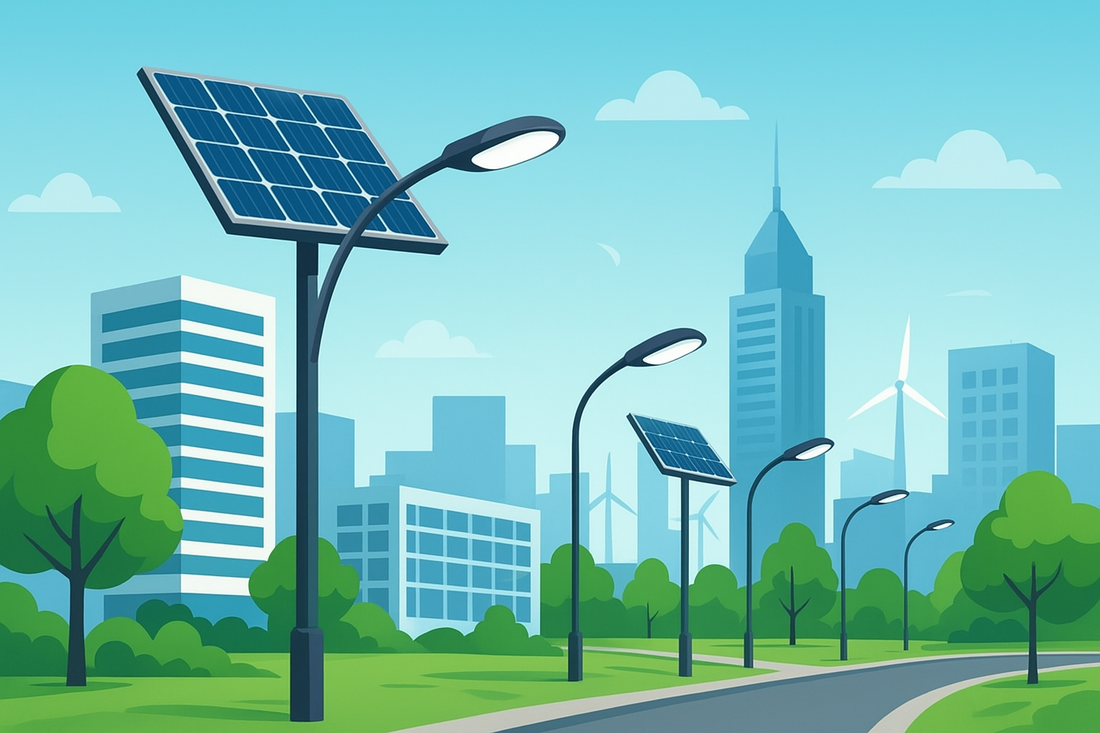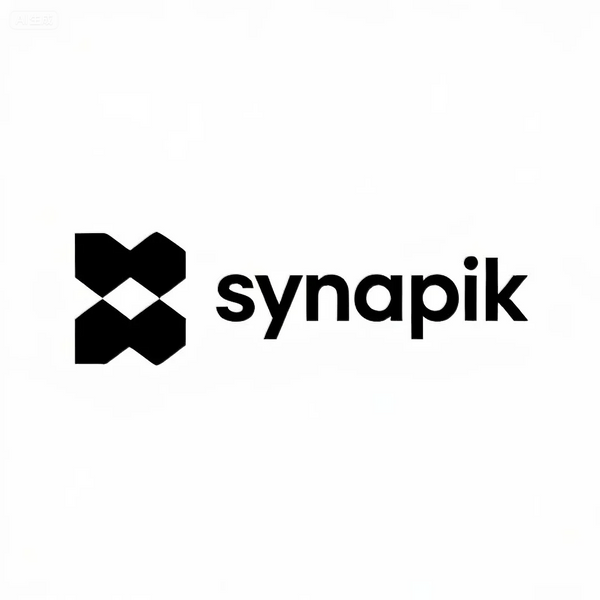
The Future of Solar Lighting: Innovations, Trends, and Sustainable Solutions
Share
Lighting the Future with Solar Power
As we step deeper into 2025, the world is witnessing an unprecedented shift toward sustainable energy solutions. Among them, solar lighting has emerged as one of the most promising technologies, offering eco-friendly, cost-saving, and smart alternatives to traditional lighting systems.
At Synapik, we believe the future of solar lighting lies in innovation, integration, and sustainability. This article explores the trends and advancements shaping solar lighting and how it’s set to redefine illumination for homes, businesses, and cities worldwide.
Solar Lighting Market Growth in 2025
The solar lighting market is projected to grow at double-digit rates in the coming years. Several factors drive this expansion:
-
Rising global demand for renewable energy
-
Government incentives promoting green energy adoption
-
Increasing urbanization and smart city initiatives
-
Rapid advancements in LED and battery technologies
Synapik is at the forefront of this growth, offering cutting-edge solar solutions tailored for residential, commercial, and municipal needs.
Innovation 1: High-Efficiency Solar Panels
The future of solar lighting relies heavily on next-generation photovoltaic panels. New technologies, such as perovskite solar cells, promise higher efficiency rates, smaller panel sizes, and more energy capture—even in cloudy weather.
Innovation 2: Advanced Energy Storage
Battery technology is evolving rapidly. Lithium-ion and solid-state batteries now provide longer lifespans, faster charging, and higher storage capacity. Synapik solar lights integrate smart energy management systems to ensure optimal use of stored power.
Innovation 3: Smart Lighting Integration
By 2025, solar lighting is no longer just about illumination—it’s about intelligence. Synapik integrates solar lights with:
-
IoT (Internet of Things) connectivity
-
Smartphone app control
-
Motion sensors and AI-based dimming
-
Integration with smart home ecosystems
Innovation 4: Sustainable Materials
Sustainability goes beyond energy efficiency. Synapik uses eco-friendly, recyclable materials in its solar lighting products, minimizing environmental impact across the entire lifecycle.
Innovation 5: Hybrid Solar Systems
Future solar lighting solutions will combine solar with backup power options, ensuring reliability during extended cloudy periods. Synapik’s hybrid systems automatically switch between solar and grid power, guaranteeing uninterrupted illumination.
Trends in Solar Lighting Applications
1. Residential Solar Lighting
From garden pathways to smart indoor systems, solar lighting is becoming a standard in sustainable homes.
2. Commercial Solar Lighting
Businesses are reducing operational costs with Synapik’s solar-powered parking lot lights and signage systems.
3. Municipal and Smart Cities
Governments are adopting solar street lighting to reduce public energy expenses and lower emissions.
Sustainability and Environmental Benefits
Solar lighting supports global climate goals by reducing reliance on fossil fuels. Every Synapik solar light installed contributes to:
-
Lower carbon emissions
-
Reduced strain on electrical grids
-
Longer product lifespans, reducing waste
Why Synapik Leads the Future of Solar Lighting
At Synapik, innovation meets sustainability. Our mission is to deliver lighting solutions that are:
-
Efficient: High-performance solar panels and LEDs
-
Smart: IoT-enabled with AI optimization
-
Durable: Weather-resistant and built to last
-
Sustainable: Designed with recyclable materials
We don’t just sell lights—we deliver future-ready energy solutions.
FAQs About the Future of Solar Lighting
Q1: Will solar lighting replace traditional lighting completely?
Not entirely, but solar will dominate outdoor and off-grid applications by 2030.
Q2: How long can solar lights store energy?
With advanced batteries, Synapik solar lights can store power for 2–3 days.
Q3: Are smart solar lights more expensive?
Upfront, yes—but they provide higher long-term savings.
Q4: Can solar lighting work in extreme climates?
Yes. Synapik designs lights to withstand high heat, snow, and heavy rain.
Q5: What role will AI play in solar lighting?
AI will optimize brightness, predict energy use, and extend battery life.
Q6: Is solar lighting suitable for cities?
Absolutely. Many smart cities are already transitioning to solar-powered streetlights.
